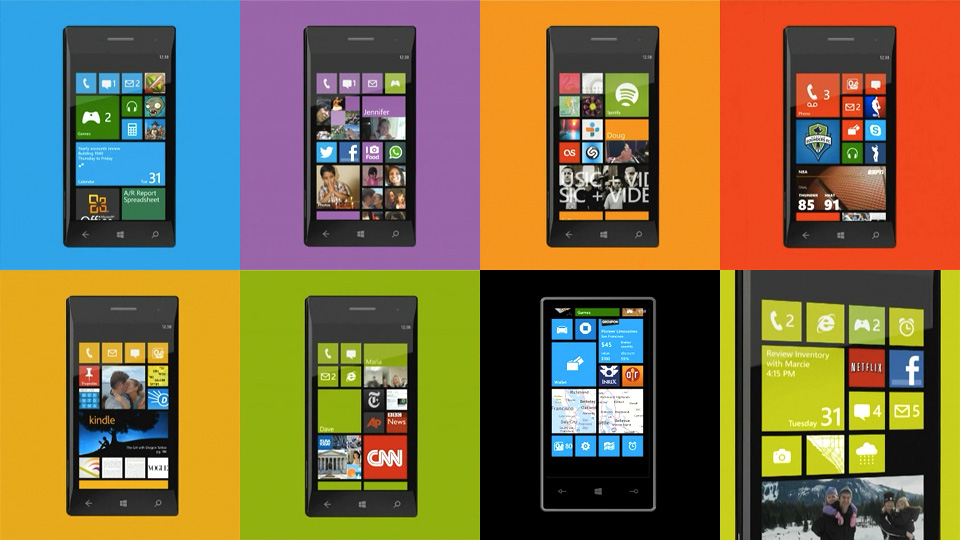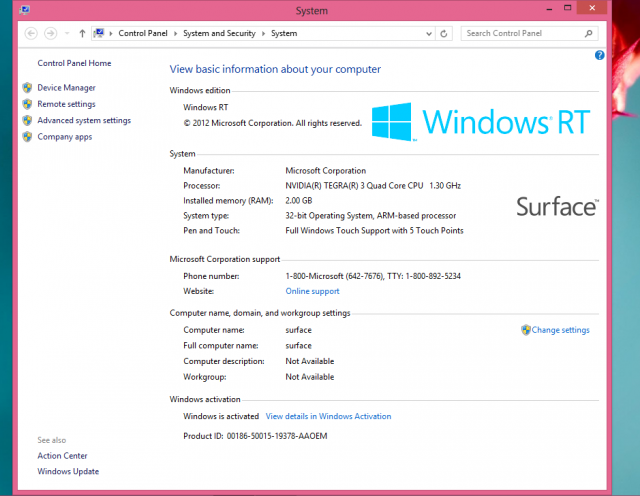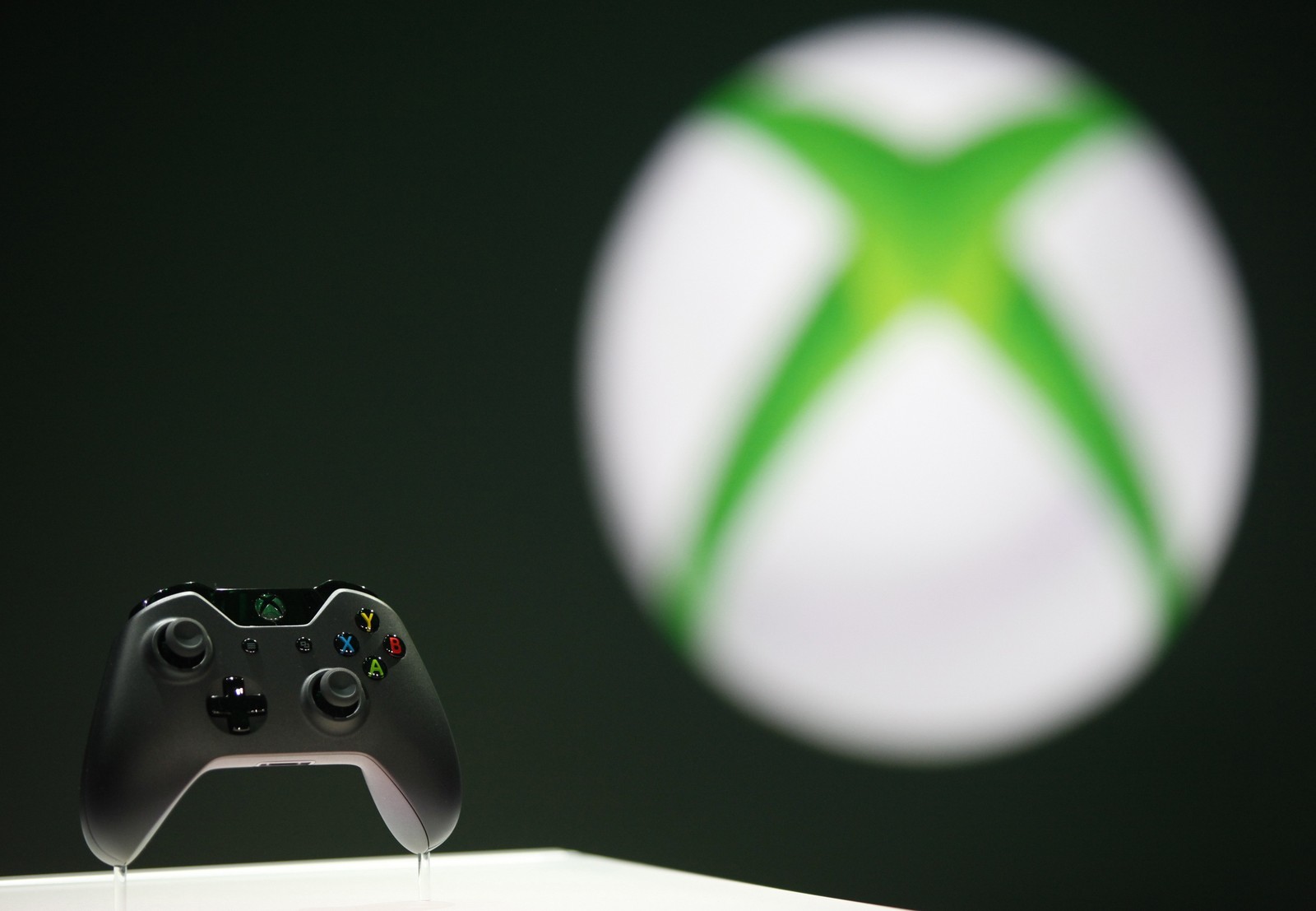Fantasies on the subject, or if I was a new director of Microsoft

The recent resignation of Steve Ballmer made a lot of noise. “Bald Clown”, “Boy-Monkey” and many other epithets characterized the attitude of the majority of the audience to this person. For that, for the first time in a long time, the company's shares rose 9 percent after the announcement of the news of his departure. In fact, the figure of Balmer himself is not as principled as the situation in the company under his leadership. In the past few years, Microsoft is clearly not doing very well. This is an absolute failure of Windows Phone, and the defeat in the tablet market, and the marketing disaster of Xbox One. Let me give you a vivid example - the best tablet on the Android Google Nexus 7 costs $ 300, imagine how much the worst will cost by the end of the year? The situation is similar with smartphones. In such market conditions, products a'lya Windows RT and Windows Phone 8 simply do not have a chance to get rid of the abundance of options from Google and Apple.

However, this does not mean that Windows Phone and Windows 8 / RT are bad products, by no means. In many Microsoft technologies implemented unique engineering solutions, remember the same Kinect or Touch Cover.
The problem for the company are some wrong tactical and strategic decisions. In order to get MS out of the conditional crisis, you will need to apply a few elegant steps:
1) Rebranding the Windows Phone Platform

It is necessary to remove the word “Phone” from the OS name, which will make it more logical to place it on devices of 6-8 inches. The advantages of Windows Phone over Windows 8 on tablets are a large number of applications and much more humane requirements in terms of hardware. The OS feels great even on weak single-core solutions, which would make it easy to create high-quality tablets of low price range.
')
2) Denial of Windows RT

In a situation where Windows Phone is much more suitable for low-cost ARM-based tablets, and large Windows 8 tablets look more logical on x86 processors, the need for further development and promotion of Windows RT disappears.
3) Change the pricing policy of Windows

At this stage, the company needs to increase its presence in the mobile market, giving access to the Windows OS to the maximum number of manufacturers, including B-brands. Refusing additional cost for using Windows Phone and lowering the price of an OEM version of Windows 8 would significantly increase the chances of MS in the mobile area. A free Windows Phone would open up new horizons for the platform among B-brands, since at the moment the use of WP in devices with low margins is unprofitable.
4) Changing the system requirements of Windows Phone
To popularize the platform, it is necessary to expand the number of potentially supported devices through the use of components of the low price segment. There are a huge number of solutions from MediaTek, NVidia, Samsung and many others on the market. It’s just silly to be limited to Qualcomm products.
5) Increase the period of updating Windows Phone from a year to six months
Android is developing very quickly, the lag in the support of any iron components (as now with 1080p screens) is unacceptable.
6) Promotion of tablets and phones on Windows Phone at the expense of the Xbox brand

Creating unique gaming titles exclusive to Microsoft platforms would help promote the platform to a huge audience of people loyal to the Xbox brand.
7) Satisfying application needs of users
The number of efforts to ensure that all key mobile applications are present on Microsoft platforms should be maximized. This includes the promotion of platforms among developers, support for porting projects, and the development of their counterparts of popular applications and services.
These seven steps can significantly improve Microsoft’s market position and return the company to industry leaders.
Write your opinion on the future of the Redmond community in the comments.
Source: https://habr.com/ru/post/191278/
All Articles